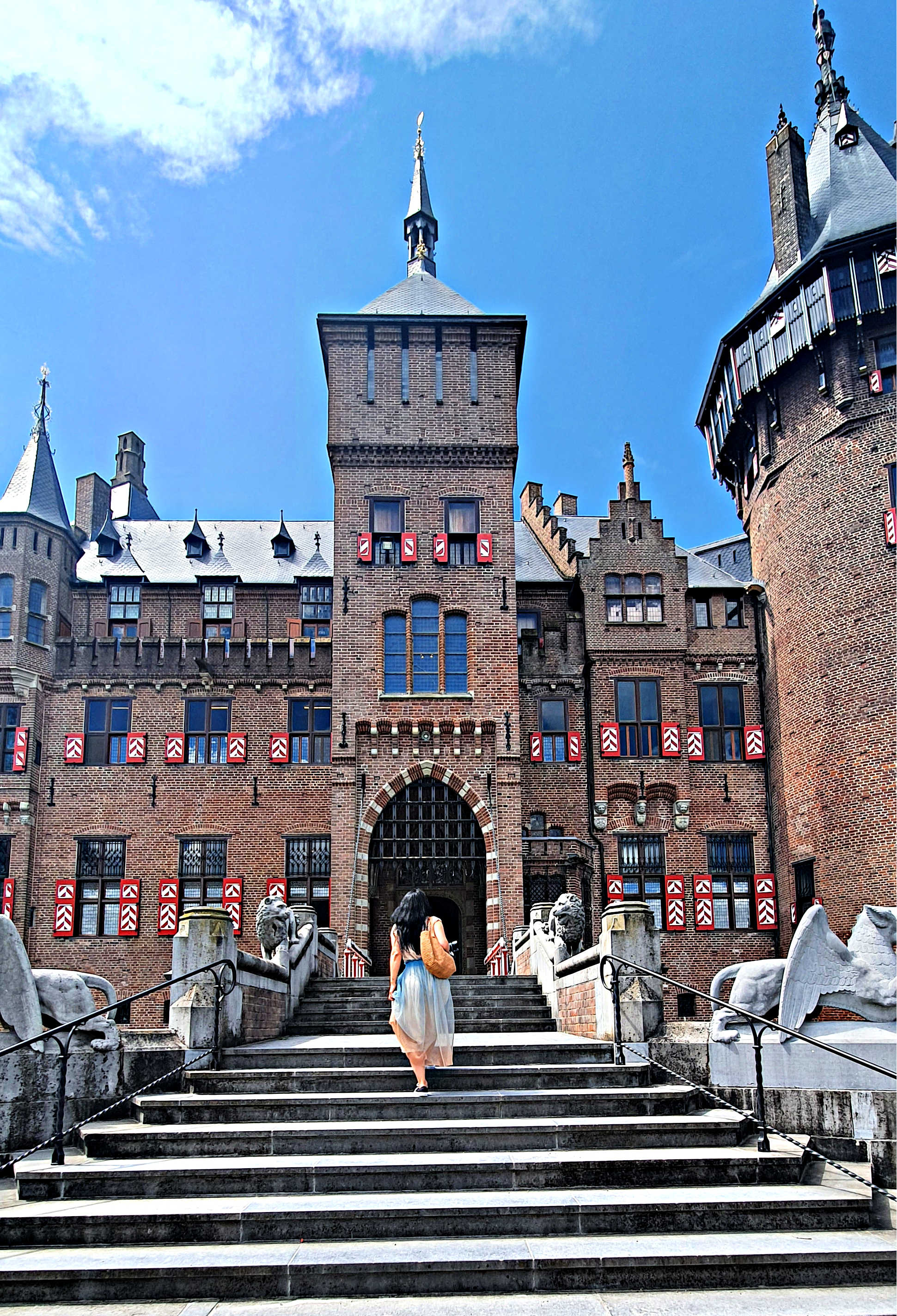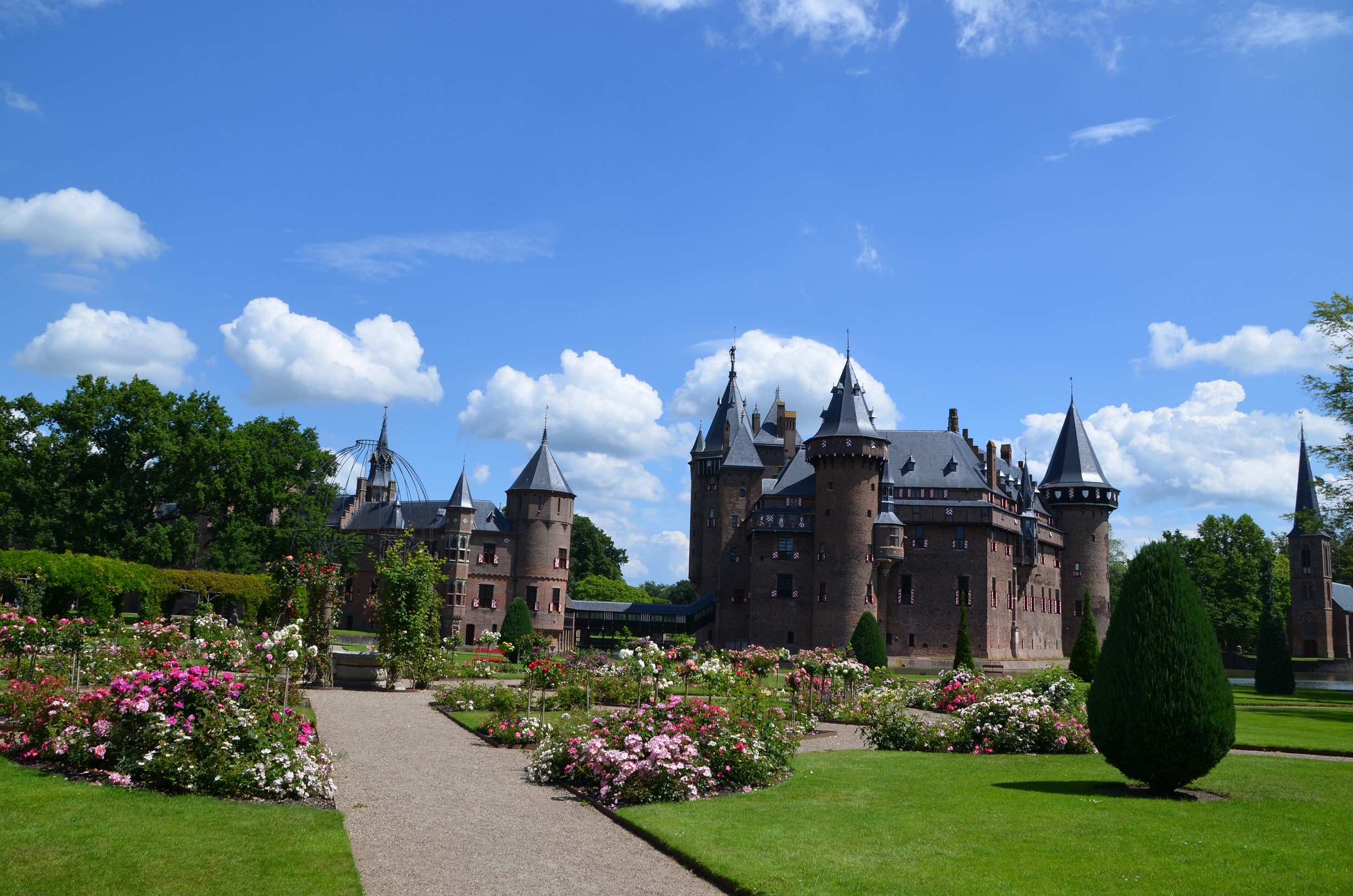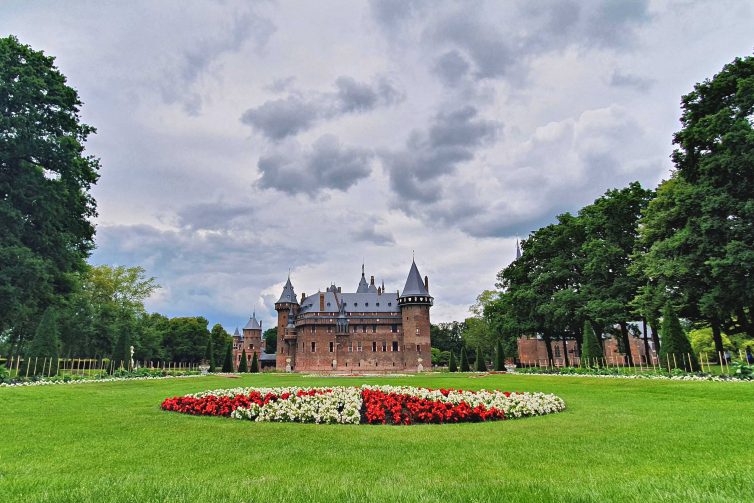When Etienne Gustave Frédéric, Baron van Zuylen van Nyevelt van de Haar (yes, say that three times fast), married Baroness Hélène de Rothschild—yes, those Rothschilds—he hadn’t yet inherited De Haar Castle. But it turned out, marrying her was the best thing that ever happened to the place.
Five years later, the Rothschild fortune finally reached the grounds of De Haar. And when it did, it didn’t just renovate the castle—it resurrected it. Baroness Hélène fell in love with the ruin, with its crumbling stones and ghost stories, and decided to turn it into a modern-day fairy tale. She hired none other than Pierre Cuypers—the architectural genius behind the Rijksmuseum and Amsterdam Central Station—and gave him twenty years (yes, twenty) to bring her vision to life.The result? Over 200 rooms, 30 bathrooms (because one per floor simply wouldn’t do), electricity powered by its own generator (this was the 1800s, people), and central heating by steam. It was revolutionary—Downton Abbey, but Dutch and ahead of its time.

Today, De Haar Castle is the largest castle in the Netherlands, and if you’re in the country, it’s a must-visit. Located just outside Utrecht and only 30 minutes from Amsterdam, it’s an easy and unforgettable afternoon. Wander through the opulent halls, peek into the rooms not even all nobles got to see, get lost in the garden maze (on purpose), or have a picnic on the endless green lawns under ancient trees. This land once held an entire village—Haarzuilens—which was demolished to build the perfect aristocratic view. Only the church survived. The villagers were moved a kilometer away and resettled in what is now the “new” Haarzuilens, as tenants of the castle’s lord.

And it all started long ago. The first written record of a castle on this site dates back to 1391, when the De Haar family received the land as a fiefdom. In 1440, the male line ended, and the castle passed into the hands of the Van Zuylen family, where it stayed for centuries.
In 2000, the family officially transferred ownership of the estate to the Kasteel de Haar Foundation, though they retained the right to stay one month a year in their ancestral home. That tradition lasted until 2011, when Thierry van Zuylen, the last male heir, passed away. His daughters later sold the art collection and the original furnishings, but the grandeur remains.
Back in its golden age, De Haar Castle wasn’t just a home; it was a hotspot. Think Coco Chanel, Maria Callas, Gregory Peck, Roger Moore, Yves Saint Laurent, Joan Collins, and Brigitte Bardot attending lavish September parties that mixed Old World elegance with New World glam.

I visited De Haar Castle on a gloriously sunny day, tiptoeing through centuries of drama, opulence, and secret rendezvous. The most fascinating resident, for me, wasn’t a baron but a baroness: Hélène van Zuylen van Nijevelt van de Haar. She wasn’t just a Rothschild, she was a writer, a Parisian socialite, a motor-racing pioneer (La Brioche to her friends), and—scandal alert—the lover and literary collaborator of the poet Renée Vivien. Using the pseudonym Snail, Hélène became the first woman to race in an international motor competition during the 1898 Paris–Amsterdam–Paris trail.
So yes, the castle is gorgeous. Yes, it has history layered like wedding cake. But more than anything, it has stories. Glorious, romantic, heart-breaking, daring, utterly human stories. And one sunny afternoon, walking where they walked and laughing where they once laughed—I got to be a part of one too.

Website: http://www.kasteeldehaar.nl/english/
Address: Kasteellaan 1. 3455 RR Haarzuilens
Opening Hours: Castle – daily from 11 a.m. – 5 p.m. and Park – daily from 9 a.m. – 5 p.m.

